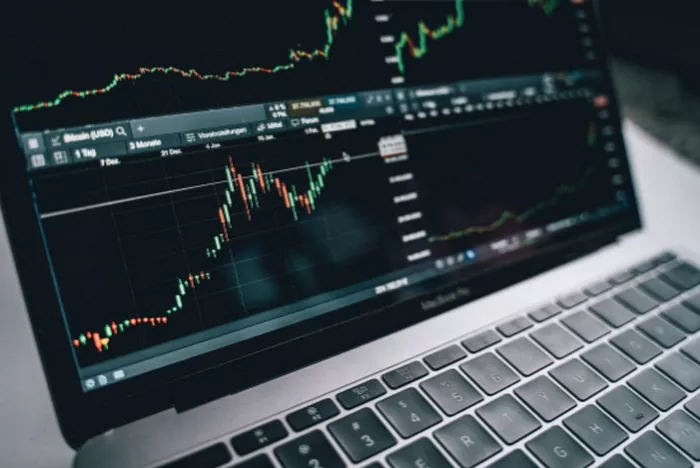Dow futures serve as a critical indicator of market sentiment and can offer valuable insights into the potential direction of the Dow Jones Industrial Average (DJIA). These futures contracts are influenced by a multitude of factors that are meticulously analyzed by investors, traders, and financial experts.
1. Underlying Index: The DJIA
Dow futures are intrinsically tied to the DJIA, one of the most well-known stock market indices in the world. This blue-chip index comprises 30 major U.S. companies, representing various sectors of the economy. The performance of these companies collectively influences the DJIA, which in turn forms the basis for Dow futures.
2. Stock Prices of DJIA Components
The stock prices of the 30 companies listed in the DJIA hold substantial weight in determining the value of the index. Therefore, any price movements in these individual stocks significantly affect the DJIA, subsequently influencing Dow futures. Positive or negative developments in these component stocks can trigger corresponding movements in Dow futures.
3. Market Capitalization Weighting
The DJIA is a price-weighted index, meaning that stocks with higher share prices carry more weight in the index. Companies with higher market capitalization have a greater impact on the DJIA, making them key drivers of Dow futures. Consequently, changes in the market capitalization of these component companies can sway Dow futures.
4. Earnings Reports of DJIA Companies
Earnings reports from the 30 DJIA companies are pivotal in shaping Dow futures. When these companies release quarterly earnings figures, it often leads to fluctuations in their stock prices. Positive earnings surprises can trigger a bullish sentiment, resulting in higher Dow futures as investors anticipate a stronger market opening.
5. Economic Data Releases
Economic data releases, such as GDP growth, employment figures, and manufacturing data, significantly influence Dow futures. Strong economic data can foster optimism among investors, potentially driving up Dow futures as they anticipate a positive market response.
6. Federal Reserve Policies
The policies and statements of the Federal Reserve, the central bank of the United States, play a vital role in determining Dow futures. Decisions regarding interest rates, monetary policy, and economic assessments can sway market sentiment. If the Federal Reserve signals a dovish stance or maintains accommodative policies, Dow futures may respond positively.
7. Global Economic Trends
Global economic trends also exert an impact on Dow futures. Developments in major economies worldwide can influence investor sentiment. Positive trends in global markets can lead to higher Dow futures as investors gain confidence in the broader economic environment.
8. Geopolitical Developments
Geopolitical developments, such as trade negotiations, international conflicts, and political events, have the potential to affect Dow futures. Positive progress in trade talks or resolutions of geopolitical tensions can lead to higher Dow futures as investors become more optimistic about economic stability and growth.
9. Market Sentiment
Market sentiment, often driven by investor psychology and sentiment indicators, plays a crucial role in Dow futures’ movements. Positive sentiment can create a bullish environment, boosting demand for stocks and contributing to higher Dow futures.
10. Technical Analysis
Technical analysis is an integral component of Dow futures analysis. Traders and analysts scrutinize historical price charts, patterns, and technical indicators to identify potential support and resistance levels. Positive technical signals may lead traders to anticipate higher Dow futures.
11. Sentiment Indicators
Sentiment indicators, such as the CBOE Volatility Index (VIX) or investor sentiment surveys, provide insights into market sentiment. Low levels of market fear, as indicated by a low VIX, can contribute to positive sentiment and potentially drive higher Dow futures.
12. Overnight Trading Activity
Overnight trading activity can set the tone for Dow futures. Developments occurring in international markets during the overnight hours can influence sentiment and impact Dow futures. News releases or trading activity in Asian or European markets can be particularly influential.
13. Market Liquidity
Market liquidity, which measures the ease of buying or selling assets without significantly affecting their prices, can impact Dow futures. High liquidity facilitates smoother market operations, potentially leading to higher Dow futures as traders and investors can execute large-scale transactions with ease.
14. Technical Factors
Technical factors, such as market volatility and trading volumes, are also crucial for understanding Dow futures. Changes in trading activity or volatility levels can affect futures prices, signaling shifts in market sentiment.
Conclusion
In conclusion, Dow futures are based on a complex interplay of factors that collectively shape market expectations and movements. These factors include the underlying DJIA index, stock prices of DJIA components, market capitalization weighting, earnings reports of DJIA companies, economic data releases, Federal Reserve policies, global economic trends, geopolitical developments, market sentiment, technical analysis, sentiment indicators, overnight trading activity, market liquidity, and various technical factors.
Investors and traders keenly analyze these elements to make informed decisions and gain insights into the potential direction of Dow futures. Understanding the bedrock on which Dow futures are built is essential for anyone seeking to navigate the intricate world of financial markets. However, it is crucial to bear in mind that the financial markets are inherently dynamic and can be influenced by a multitude of variables, making real-time analysis a fundamental aspect of successful trading and investing.

